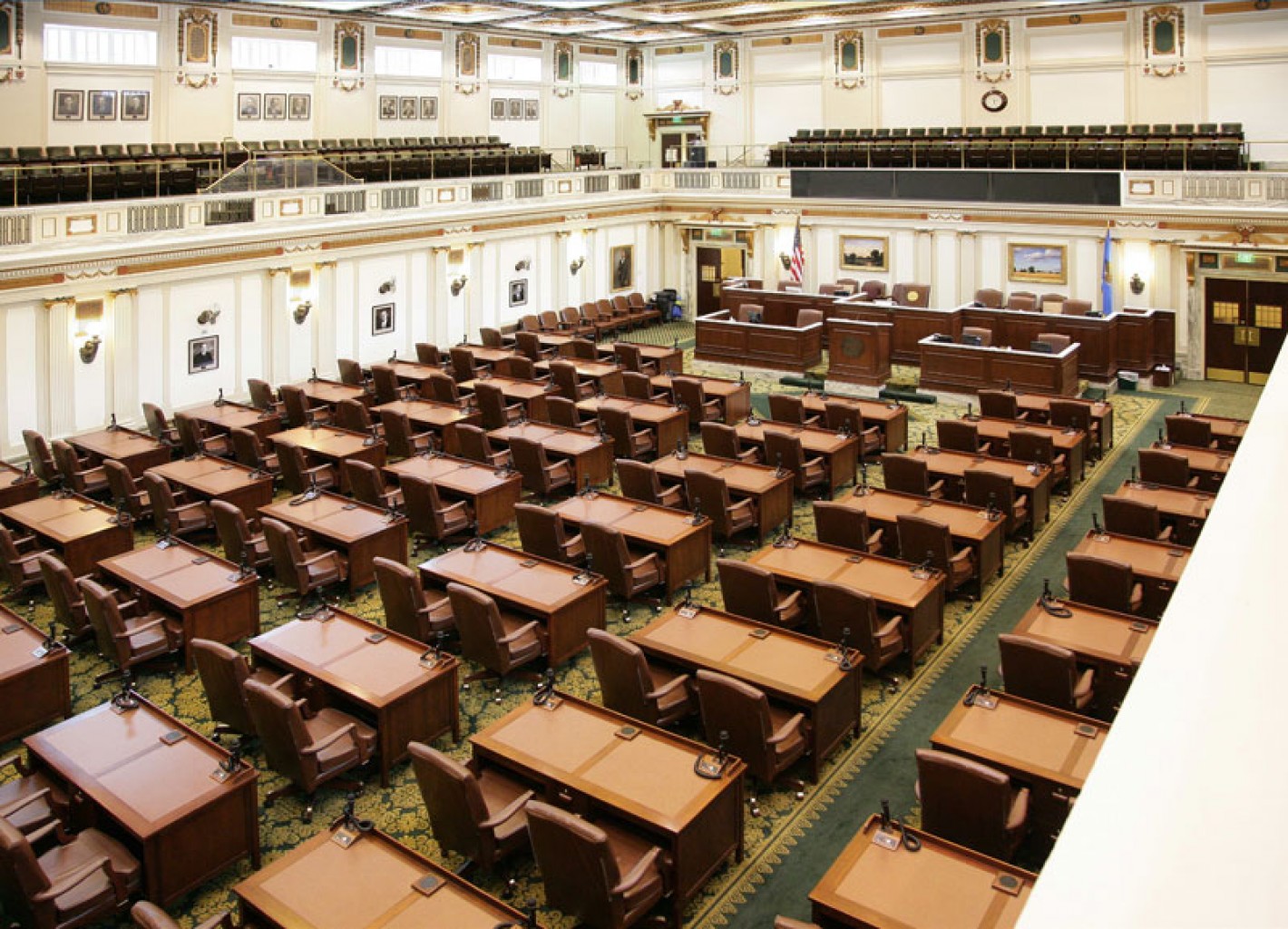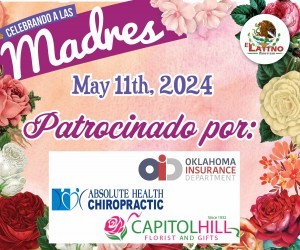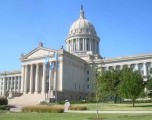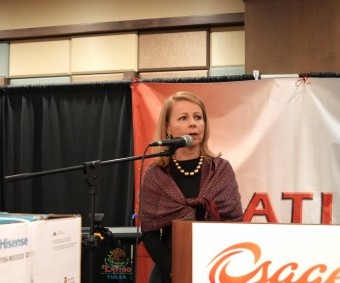House Passes $8.1 Billion State Budget Budget Puts $230 Million into Savings, New Money into Classrooms, Teacher Pay Raises and Healthcare

OKLAHOMA CITY – The House of Representatives passed the Fiscal Year-2020 general appropriations bill today, approving an $8.1 billion state budget that includes historic savings, pay raises for teachers and state employees and builds upon the historic investment made in common education by the Legislature last year.
The budget is a $633 million increase – or 7.8 percent – over the FY-2019 appropriated budget. The Legislature provided an additional $157.7 million for common education, which comes just one year after providing $480 million in new funding for public schools. The Legislature has now increased funding for public schools 26.25 percent during the last two years. The $157.7 million in new funding includes an average $1,220 teacher pay raise and $74 million for classrooms and increases to flex benefits.
The budget also includes $230 million in savings, with $29 million of that set aside in an FMAP Preservation fund to be available for future reductions in Oklahoma’s Federal Medical Assistance Percentages (FMAP) rate, a formula used by the federal government to determine each state’s match rate for Medicaid. Those rates fluctuate based upon each state’s per capita income levels. The remaining $201 million will stay in the state’s General Revenue Fund to be saved for future economic downturns. Combined with expected deposits in the state’s Rainy Day Fund, Oklahoma will have close to $1.2 billion in savings by the end of June.
The Legislature provided $37.7 million to give state employees a pay raise for the second consecutive year and an additional $3.3 million to higher education to fully fund concurrent enrollment options, which allows seniors the opportunity to earn college credit while still in high school. The Fiscal Year 2019 budget included $7.5 million for concurrent enrollment, meaning the Legislature has increased funding for the program by $10.8 million since last year, bringing the program’s annual budget up to $11.7 million. Higher education also received a total increase of $28 million for the second consecutive year over the previous year’s appropriation, giving them more than $56 million in new funding during the last two years.
Lawmakers provided $2 million to decrease the wait lists for the Developmental Disability Services (DDSD) wait list and $8 million to increase provider reimbursement rates by 4 percent for doctors to care for those DDSD patients. The budget also provides funding to increase Medicaid provider reimbursement rates by 5 percent for doctors and healthcare facilities and funding to create an incentive reimbursement program for nursing homes that would improve health outcomes and quality of life for patients.
The State Auditor’s Office received a $700,000 increase to hire new auditors, and lawmakers approved $1.7 million to create a legislative-level budget office to give the House and Senate more resources to review agency budgets and analyze programs and services.
The budget also fully funds the Oklahoma Department of Transportation’s 8-Year Construction Work Plan to maintain and build new roads and bridges and provides an additional $30 million for the County Improvements for Roads and Bridges (CIRB) Program on top of their annual $120 million budget.
Lawmakers also provided a $3 million increase to the Rural Economic Action Plan (REAP) for economic development in rural communities, a $1 million increase for county extension offices and $19 million for the governor’s Quick Action Closing Fund, which helps attract new businesses to Oklahoma.
“House Republicans had several priorities at the start of the 2019 legislative session that we based on conversations we had with voters on the doorsteps during the summer,” said House Speaker Charles McCall, R-Atoka. “Those priorities included another teacher pay raise on top of the historic pay raise we provided last session, more money for the classroom on top of the large investment we made to public education last session, reestablishing our county infrastructure investment plan, more resources devoted toward rooting out waste and inefficiencies in government spending and increasing our savings to be better prepared for future economic downturns. We have accomplished all of those goals with this budget agreement.
“We believe increasing teacher pay directly addresses the teacher shortage by incentivizing new teachers into the classroom and keeping the veteran teachers we already have, and we think the nearly 1,200 new teachers we have hired since the previous pay raise reinforces that belief. We have provided nearly $640 million in new funding and increased the total common education budget by more than 26 percent during the last two years. We also prioritized funding for nursing homes, state employees and corrections officers and concurrent enrollment programs for high school seniors. This budget is an investment in Oklahoma, and I am very grateful for my colleagues in the House for getting this bill across the finish line.”
“I said last year to ‘not let the perfect be the enemy of the good,’ but this year I said to ‘not let the perfect be the enemy of the great’,” said House Appropriations and Budget Chairman Kevin Wallace, R-Wellston. “The Fiscal Year 2019 budget was the best budget that I had seen since I arrived in the House, and I believe the Fiscal Year 2020 budget is substantially better. This is a great budget, and it has a little bit of everything, including new funding to meet the needs of our most vital government agencies and a historic savings of surplus funds that will put future Legislatures in a much better financial position than we arrived in.”
House Bill 2765 passed out of the House by a vote of 76-23 and now heads to the Senate for consideration.
Comentar
Los campos obligatorios estan marcados con *


















































Comentar con Facebook